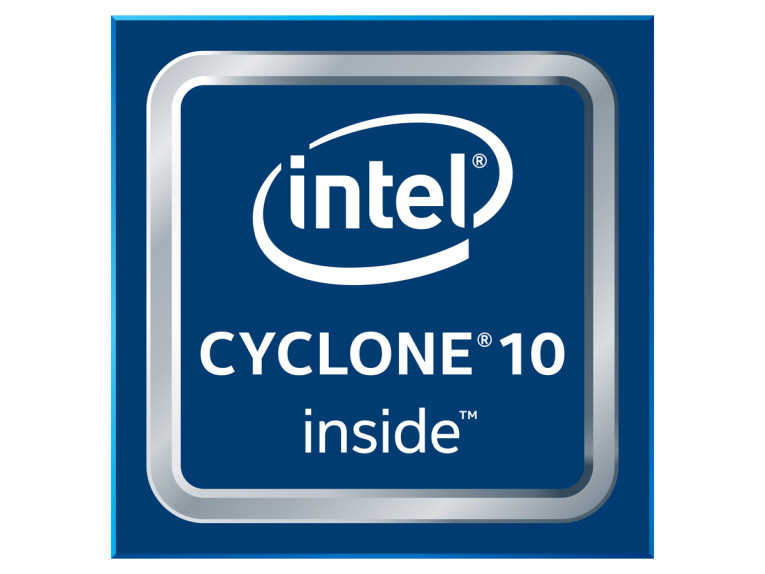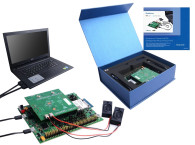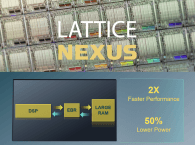
As the “things” become more connected and able to share volumes of real-time data among themselves, data becomes more difficult to process. Information coming in from sensors and cameras at an increasing rate can no longer be adequately handled by microprocessors or microcontrollers alone. High-performance processing devices such as Intel’s FPGAs are able to collect and send data, and make real-time decisions based on the input from IoT devices. FPGAs can be programmed to deliver the specific level of computing and functions required by different IoT applications.
The Cyclone 10 FPGAs – Cyclone 10 GX and Cyclone 10 LP – have their own unique features to address different design team needs. Cyclone 10 GX is unique among other low-cost FPGAs as it can support 10G transceivers and hard floating point DSP (digital signal processing). It offers 2-times the performance increase over the previous generation of Cyclone. The architectural innovation in the implementation of IEEE 754 single-precision hardened floating-point DSP blocks can enable processing rates up to 134 GFLOPs (giga floating-point operations per second). This is important for engineers needing higher performance using the FPGA for applications such as motion or motor control systems.
Markets for Intel Cyclone 10 GX include those where high I/O performance and core speed are key requirements. Uses include industrial machine vision and smart city applications that provide surveillance in parking lots, on roads and on bridges. Cyclone 10 GX is also well-suited to support pro AV technologies, such as video streaming applications. Cyclone 10 GX FPGAs also enable cost-savings when using motors and drives, power assembly, computer numerical control (CNC), machine tools and robotics.
The Intel Cyclone 10 LP is the perfect solution for applications where cost and power are key factors in the design decision. These systems typically use FPGA densities that are sub 75K LE and chip-to-chip bridging functions between electronic components or I/O expansion for microprocessors. Cyclone 10 LP can also be used for automotive video processing used in rear-view cameras and in sensor fusion, where data gathered while the car is on the road is combined from multiple sensors in the car to provide a more complete view of what is happening.
The Cyclone 10 FPGA family will be available in the second half of 2017, along with evaluation kits and boards, and the latest version of Quartus, the Intel FPGA programming software.
intel.com





